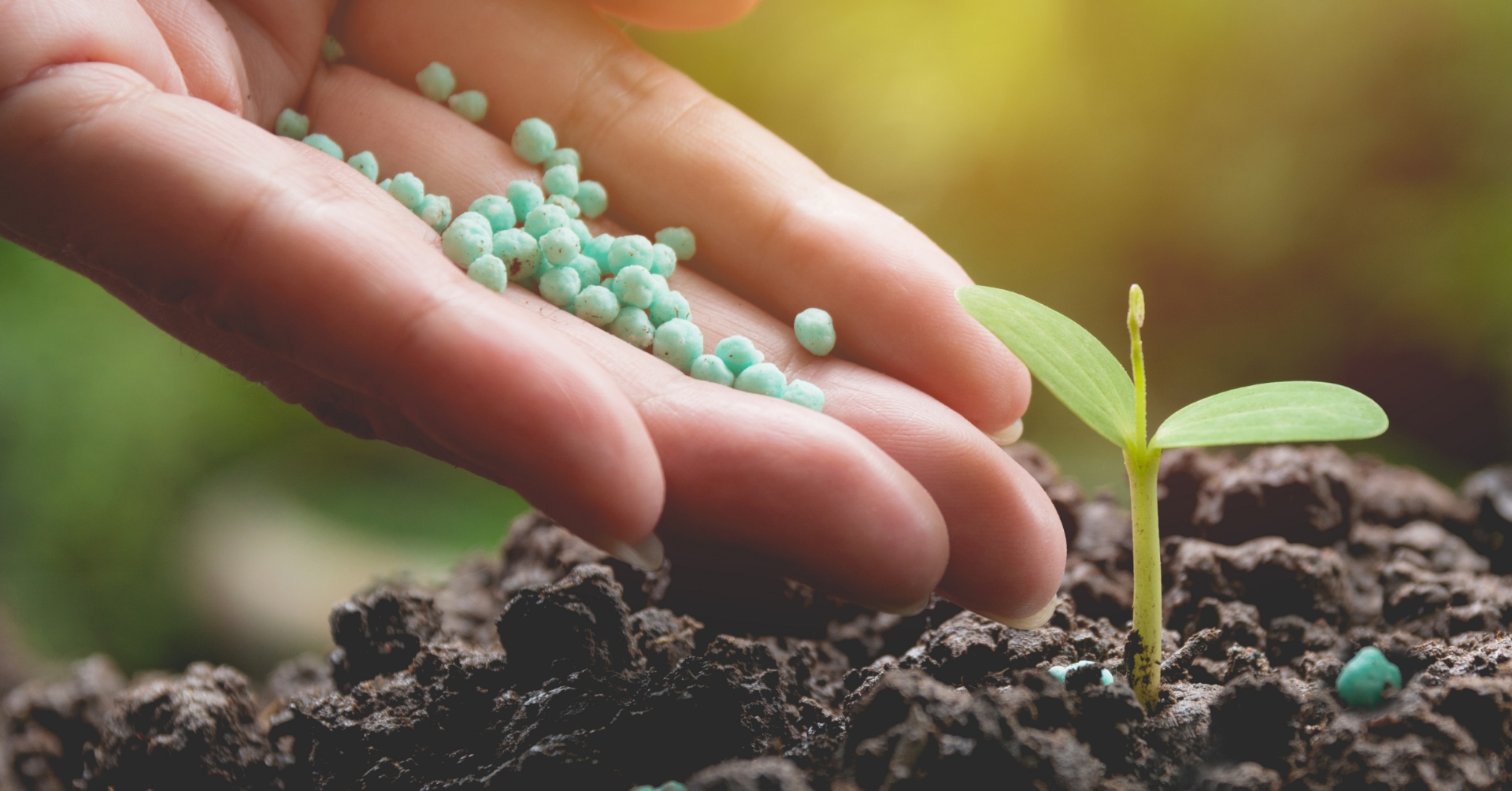The top 4 decarbonisation strategies for ammonia production
We need a combination of all of these strategies to meet increasing demands on ammonia production whilst reducing the effect of its harmful CO2 emissions on the environment.
As we Mentioned in our previous blog, the race to decarbonising ammonia is on and Europe us leading the charge. The H2 Europe Clean Ammonia Report 2023: European Decarbonisation and Policy Integration detailed 4 key decarbonisation strategies for current ammonia production that are being considered to reduce the carbon footprint of ammonia production:
Carbon Capture and Storage (CCS):
CCS involves capturing CO2 emissions from industrial processes, like ammonia production, and storing them underground, preventing them from entering the atmosphere. In the context of ammonia production, CCS is primarily applied to plants that use natural gas as a feedstock. Similar to the IEA Ammonia Technology Roadmap, the H2 Europe report recognises CCS as a crucial transitional solution while renewable hydrogen scales up. Different types of CCS exist, including pre-combustion capture (capturing CO2 before it’s burned), post-combustion capture (capturing CO2 from the exhaust gases), and oxy-combustion (burning fuel in pure oxygen to produce a CO2-rich stream).
The advantage of CCS is that it can significantly reduce emissions from existing ammonia plants, offering a relatively near-term solution. The disadvantages are that CCS is expensive, energy-intensive, and requires suitable geological formations for CO2 storage. There are also concerns about the long-term safety and permanence of CO2 storage.
Shift to Renewable Hydrogen:
The report emphasises Europe’s aim to transition from blue hydrogen (produced from natural gas with CCS) to green hydrogen, especially as renewable hydrogen production becomes more economically viable. Green hydrogen is produced by electrolyzing water using electricity generated from renewable sources like solar, wind, and hydro power. This approach offers the greatest potential for decarbonising ammonia production if we are to continue using current production methods.
The advantage of green hydrogen is that it offers a truly sustainable pathway to ammonia production, eliminating reliance on fossil fuels. However, the major challenge is in scaling up green hydrogen production as it requires significant investments in renewable energy infrastructure and electrolyzer capacity. The cost of green hydrogen is currently higher than that of hydrogen produced from fossil fuels.
Policy Support through the EU’s CBAM:
The Carbon Border Adjustment Mechanism (CBAM) is highlighted as a key regulatory tool to ensure EU-produced low-emission ammonia remains competitive. This policy effectively taxes imported high-carbon ammonia, encouraging adoption of low-emission ammonia production within the EU and discouraging the import of ammonia produced with high carbon footprints.
The advantage of CBAM is that it incentivises the production and use of low-emission ammonia, promoting decarbonisation within the EU and potentially globally. This could have wider reaching effects on markets outside of the EU, forcing importers to adopt cleaner production processes. The potential downside is that it could subsequently face challenges related to international trade and may require careful implementation to avoid unintended consequences.
EU Incentives for Clean Hydrogen:
The report suggests the EU should incentivise clean hydrogen production through grants, subsidies, and R&D support to lower the cost of green ammonia. These incentives can help lower the cost of green ammonia, making it more competitive with conventionally produced ammonia. Examples of EU initiatives include the European Hydrogen Strategy and various funding programs under Horizon Europe.
The advantages of incentives are that they can accelerate the development and deployment of clean hydrogen technologies, driving down costs and fostering innovation. Government support is, therefore, essential, but it needs to be strategically targeted and managed to ensure long-term sustainability and avoid market distortions.
Where Plasma2X fits in:
Plasma2X obviously fits into the ‘shift to renewable hydrogen’. Unlike traditional methods that rely on separate hydrogen production via electrolysis to become sustainable, Plasma2X uses plasma and electrocatalysis to convert air and water directly into ammonia, powered by renewable electricity. This integrated approach eliminates the need for a separate hydrogen production step, potentially simplifying the process and lowering costs.
Specifically, Plasma2X offers several key advantages:
Its integrated process eliminates the need for separate hydrogen production, simplifying the process.
Its Low-temperature and pressure operation reduces energy requirements compared to high-temperature processes like Haber-Bosch by avoiding ramping times and enabling flexible production on demand with intermittent renewable energy sources.
Its modularity paves the way for decentralized production which enables local or on-site ammonia production, reducing transportation costs and improving access in remote areas.
Comparing strategies:
While CCS can reduce emissions from existing plants, it’s a transitional solution and doesn’t eliminate the reliance on fossil fuels. Green hydrogen offers the most sustainable long-term solution, but scaling up production and reducing costs are significant challenges. Plasma2X addresses these challenges by offering a more efficient and potentially cost-effective pathway to green ammonia production. The CBAM and EU incentives play a crucial role in creating a market environment that supports the adoption of clean ammonia technologies like Plasma2X.
We need a combination of all of these strategies to meet increasing demands on ammonia production whilst reducing the effect of its harmful CO2 emissions on the environment. Let’s work together to secure the future of food and chemical production whilst minimising our impact on the planet.
